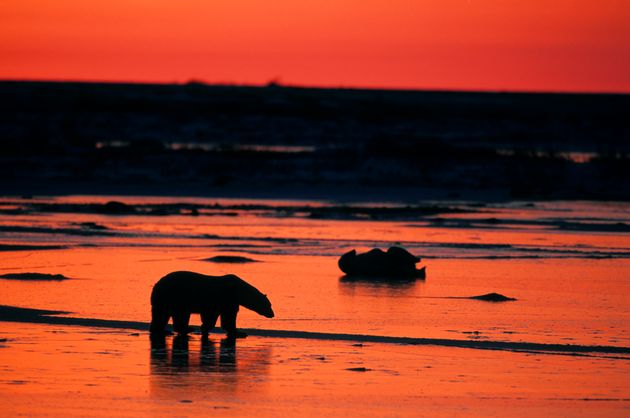
For the second year in a row, the Arctic is way hotter than it’s supposed to be.
Temperatures in the Arctic are predicted to soar nearly 50 degrees above normal on Thursday in a pre-Christmas heat wave that will bring the frozen tundra scarily close to the melting point.
It’s the second year in a row the North Pole ― now in perpetual darkness after saying goodbye to the sun in late October ― has seen abnormally high temperatures around the Christmas holiday. It’s also the second time this year. In November, temperatures in the region skyrocketed 36 degrees above normal.
The weather forecast adds to a string of climate change-related indicators setting off serious warning bells in 2016. Polar sea ice is at record lows, and during last month’s heat wave, the region lost 19,000 square miles of it in just five days. The National Snow and Ice Data Center called the melt an “almost unprecedented occurrence.”
A graphic representation of this week’s predicted departure from average shows a giant red blob hovering over the pole. But red doesn’t accurately describe the forecast, which is so far above normal that it’s off the chart.
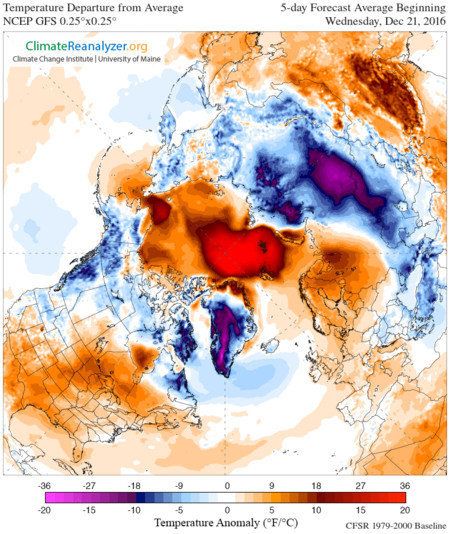
The current heat wave has been caused by a few different factors, including what The Washington Post calls a “powerhouse storm east of Greenland” that’s pulling warm air up to the Arctic. The lack of sea ice, which usually acts as a temperature buffer, also has allowed warm air northward.
An analysis of the warming trends over the past several months conducted by scientists associated with the outlet Climate Central noted the low sea ice levels and unprecedented heat waves would be “extremely unlikely ... in the absence of human-induced climate change.”
The group of researchers warned that these anomalies could very well become the norm without urgent action to halt climate change and the release of planet-warming greenhouse gases.
“If nothing is done to slow climate change, by the time global warming reaches 2 ºC (3.6 ºF), events like this winter would become common at the North Pole, happening every few years,” the scientists wrote.
More: North Pole Forecast To Be 50 Degrees Warmer Than Normal This Week
Merry Christmas and a Happy New Year to all.

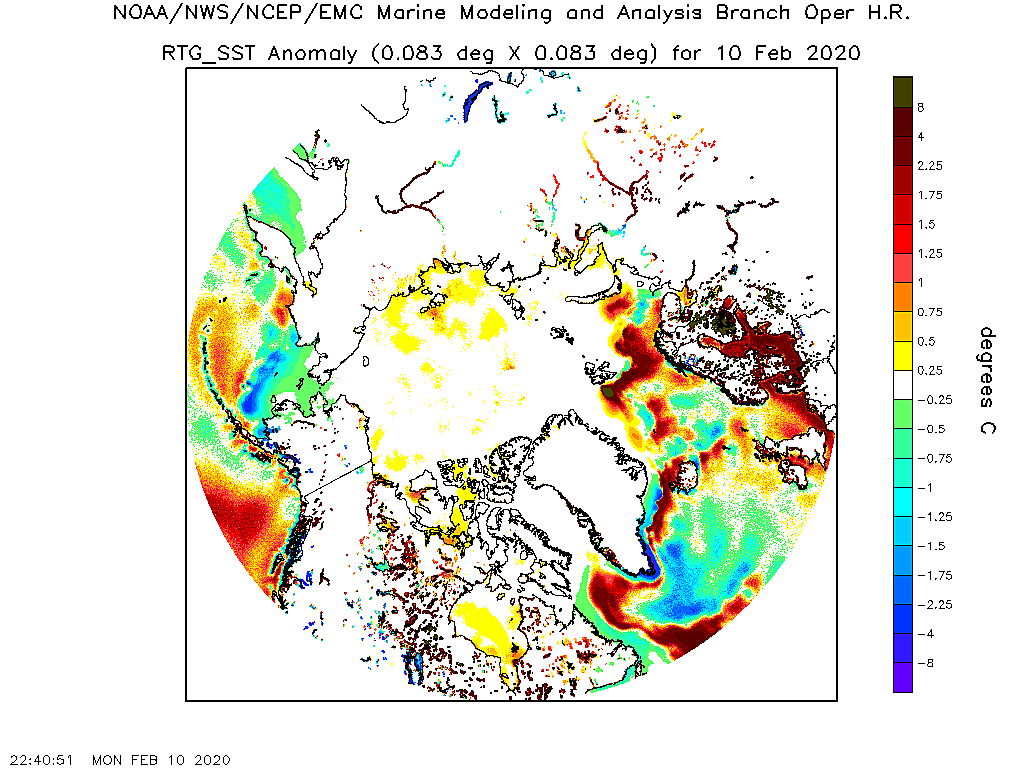





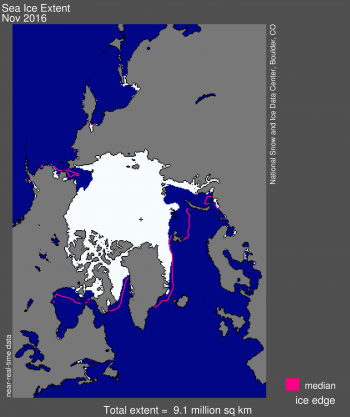



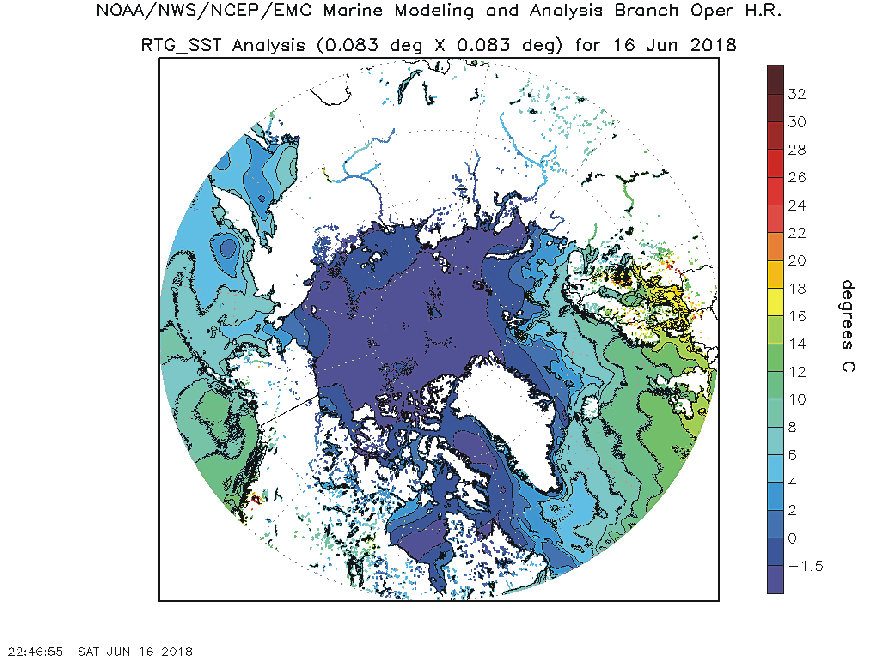


 . Again.....this has happened many, many times and the cold shifts ( as it has to ). Never see the religion talking about that though.
. Again.....this has happened many, many times and the cold shifts ( as it has to ). Never see the religion talking about that though.